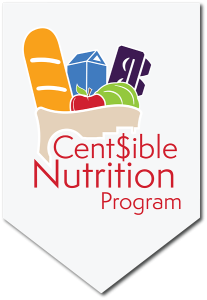Sidewalk Stencils: Roadways & Signs
Form a Loop
The path should form a loop. It may be a simple line for children to follow or it may be 2 lines that they ride in between.
Directional Arrows
Use arrows to make sure children are moving in the same direction. Arrows can be painted on the ground; sidewalk chalk can be used if teachers would like to switch directions.
Not Just for Bikes
Provide a variety of wheeled toys (i.e. scooters, belly boards, tricycles, etc.) and rotate them or allow children to choose.
No-Bike Days
If the path takes up a significant amount of space, consider having “no-bike” days to use the path for other activities. For example, children can practice dribbling a ball along the path.
Find the Shape
Starting on one shape, children can follow a pathway by walking, tip-toeing, and sidestepping their way to the matching shape. Make sure the child names the shape and color they are standing on.
Balancing Act
Children can pretend they are walking on a balance beam as they navigate along the pathway. The teacher can have children pretend like it’s windy outside or have children move creatively along the pathway (i.e. pretend like skating, walk backwards, heavy steps, etc.)
Crossing Safely
Overlapping pathways provide an opportunity to teach children how to move safely while respecting other’s personal space. Children must communicate as the pathways cross each other.

